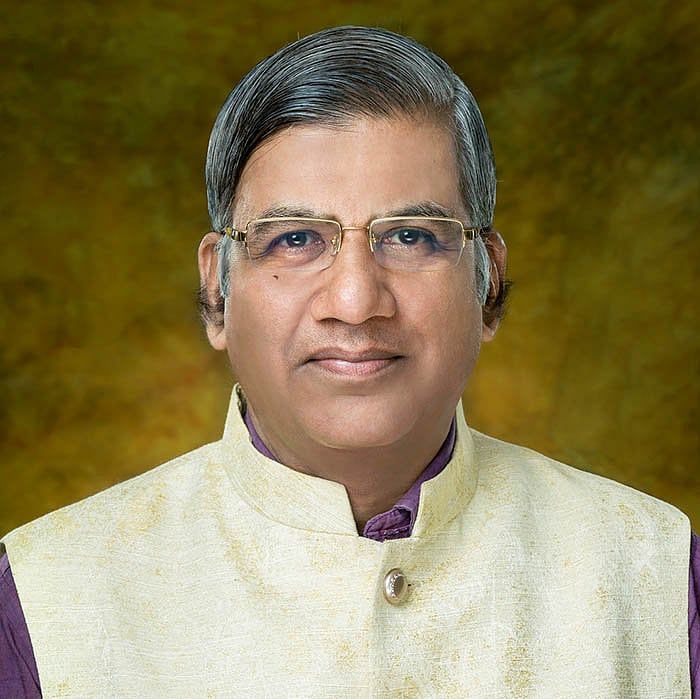
Ancient universities such as Nalanda and Vikramshila in Bihar, Ratnagiri in Odisha, Varanasi, Salotgi in Karnataka, Sharada in Kashmir, and Vallabhi in Gujarat were decentralised and remained unaffected by change in the ruling dynasty, said Dr Prashant Pole, writer and management consultant while speaking at an event organised by the
Rambhau Mhalgi Prabodhini (RMP) for the students of its postgraduate program of Indian Institute of Democratic Leadership (IIDL).
Speaking about the rich educational tradition of ancient Indian universities such as Takshashila that created stalwarts such as Chanakya and Panini, Pole said that the university had nearly 70 types of structured programmes that attracted young men and women from India and abroad.
Comparing the Spice Route with the well-known Silk Route, Pole quoted British economist, Professor Angus Maddison, who had said that in the first century CE India controlled about 34% of global trade. The trade created ports such as Shurparak (Sopara), Lothal, Dholavira and Mahabalipuram. The English word ‘navigation’ comes from the Sanskrit word ‘Navik’, said Pole.
Later, talking about ancient judicial systems, Pole said there were courts at the village level (panchayats), division level and the king’s court. The courts had provisions like legal procedures, documentation, talking on oath, arguments, rules of trade, taxation, agreements, breach of contract, jurisdiction, ancestral wealth distribution, hate speech, and ‘rarest of the rare’ punishments.
IIDL student, Suyog Mule from Parbhani, said he gained practical insights into the rich systems of ancient Indians. Captain Rohan Ranadive, student from Mumbai, said, “The governance model followed in ancient India is truly inspiring even in the present context.”